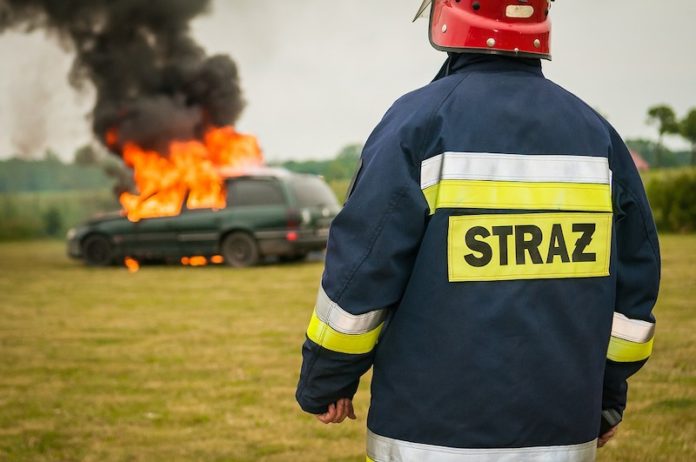FR Clothing is a very common type of clothing used in hazardous workplaces like fire brigades, construction sites, electrical areas, etc. Flame or Fire Resistant clothing commonly known as FR clothing are clothes which saves a person from fire, chemicals, electric flash, etc. by helping that person get time to escape the burns.
FR clothing can be manufactured both in industrial methods and homemade ways. This means, in case you are needed to be wearing FR Jeans at that very moment, you can easily make normal jeans into FR jeans with home ingredients.
Afterwards, you may go to a store and get one FR attire professionally manufactured. Down below we will discuss both the FR clothing manufacturing procedures;
Industrial Methods:
The industrial methods deal with two types of FR fabric, namely the inherent fabric and the treated fabric. These FR fabrics are then used for making the various FR garments.
Both the two types are dependable enough, but definitely, there are some differential qualities between the two on the basis of which Inherent FR attires are said to be a better option to opt for compared to Treated FR attires.
Inherent FR fabrics basically remain as synthetic materials in the initial stage of the treatment.
The question mainly arises, how to get hold of an FR dress with the FR fabrics? It is very simple, materials considered to be fire or flame-resistant are woven or can be said to be knitted together to produce an FR cloth.
These fibers are basically subjected to various engineering procedures so that they can offer a much higher intensity of resistance, which means they provide the wearer with better Thermal Protective Performance.
In the case of Treated Fabrics, raw materials like cellulosic or cotton or wool and much more similar stuff are treated with various chemicals and made to undergo reactions to come up with an FR fiber which is further used to manufacture an FR cloth.
With cotton mainly the ratio remains a bit different, that is it can be either 100% cotton that is being treated or it is a blend of 88% of cotton and 12% of nylon.
Manual Methods:
The homemade procedures are as follows:
- Alum Method
- Ammonium Chloride and Ammonium Phosphate Method
- Borax Method
- Variant Borax Method
- Sodium Silicate Method
- National Fire Protection Association Method
In all these processes solutions are made out by mixing in the measured percentage of solvents and soluble. In the case of the alum method, the solution consists of 1 lb. alum and a pint (one-eight of a gallon) of hot water, for the ammonium method the measurements are a cup of ammonium chloride, half a cup of ammonium phosphate and 2 pints of normal water.
This borax formula is mainly used for ‘theater scenery fabric’ – 6 lbs. borax, and 5 lbs. boric acid are dissolved in 12 gallons (45.4l) water. For the variant borax one 7 lbs. borax, and 3 lbs. boric acid is mixed in 12 gallons (45.4l) water, but in case it’s a rayon or sheer material to be turned into FR you’ll need to dissolve the same amount of boric acid and borax in 17 gallons (64.4l) water.
The silicate method needs 1 oz. sodium silicate to be blended in 9 oz. water as for the NFPA process a solution of 9 oz. borax and 4 oz. boric powder in 1 gallon (3.8L) of water.
Assemble the solutions in a large vessel so that you can very well drench the cloth and after each method let it dry completely before using it.
These are the methods FR clothes are made. There can be other procedures as well, but these are the most commonly used ones.












![List of All the Working and Expired Southwest Florida Codes Roblox [March 2023] Southwest florida codes](https://www.abestfashion.com/wp-content/uploads/2023/03/Png-218x150.png)




